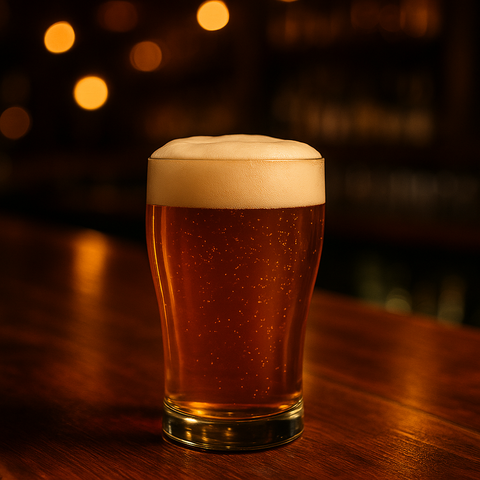Alcohol has been a part of human culture for thousands of years, used in celebration, relaxation, and social bonding. But what actually happens in your body after you drink that glass of wine or shot of whiskey? 🥃 Understanding alcohol metabolism can help you make informed decisions about drinking, know your limits, and even reduce hangover symptoms. Here’s what you need to know about how your body processes booze.
🔬 What Is Alcohol Metabolism?
Alcohol metabolism refers to the body's process of breaking down and eliminating ethanol—the active ingredient in alcoholic beverages. Unlike food, alcohol doesn’t require digestion. Once you take a sip, it is rapidly absorbed into your bloodstream through the walls of the stomach and small intestine. 🧬
From there, your body kicks into gear to detoxify and remove the alcohol, mainly through the liver 🏭—which is responsible for over 90% of alcohol metabolism.
🛣️ The Journey of Alcohol Through Your Body
-
Absorption
Alcohol starts to enter your bloodstream within minutes of drinking. ⏱️ If your stomach is empty, absorption happens faster. Food, especially fatty foods 🍔, can slow this process by keeping alcohol in the stomach longer. -
Distribution
Once in the bloodstream, alcohol is carried throughout the body. It affects the brain 🧠 quickly—usually within 10 minutes—because alcohol easily crosses the blood-brain barrier. -
Metabolism
The liver processes most of the alcohol via two main enzymes:- Alcohol Dehydrogenase (ADH): Converts alcohol into acetaldehyde, a toxic compound ☣️.
- Aldehyde Dehydrogenase (ALDH): Converts acetaldehyde into acetate, a much less toxic substance that is then broken down into water 💧 and carbon dioxide 💨.
-
Elimination
After metabolism, alcohol is eliminated through urine 🚽, sweat 💦, and breath 😮💨. In fact, this is why breathalyzers can estimate your blood alcohol concentration (BAC).
⏳ How Fast Does Your Body Process Alcohol?
The liver can process about one standard drink per hour 🕐. One standard drink in the U.S. equals:
- 12 oz beer (5% alcohol) 🍺
- 5 oz wine (12% alcohol) 🍷
- 1.5 oz distilled spirits (40% alcohol) 🥃
Drinking more than this amount leads to a buildup of alcohol in the bloodstream, which causes intoxication 🌀.
⚖️ Factors That Affect Alcohol Metabolism
Several variables influence how quickly and efficiently your body processes alcohol:
- Genetics 🧬: Some people, especially of East Asian descent, may have genetic variations that slow down ALDH activity, leading to facial flushing and nausea 🤢.
- Gender ⚥: Women generally metabolize alcohol more slowly than men.
- Body Weight and Composition ⚖️: More body mass means more water content, which dilutes alcohol.
- Age 🎂: Metabolism tends to slow with age.
- Medications and Health Conditions 💊: Certain drugs and liver conditions can interfere with alcohol metabolism.
🤕 Why Do Some People Get Hangovers?
Hangovers are partly due to acetaldehyde, the toxic byproduct of alcohol metabolism, which can cause headaches, nausea, and fatigue 😩. Dehydration 💧, electrolyte imbalance 🧂, and inflammation 🔥 also contribute. The more you drink, the more these effects build up.
✅ Tips to Support Alcohol Metabolism
While there’s no magic cure for processing alcohol faster 🪄, here are a few tips to help your body handle booze better:
- Stay hydrated 💧: Drink water before, during, and after alcohol.
- Eat before drinking 🍽️: Food slows down alcohol absorption.
- Pace yourself 🐢: Sip drinks slowly and alternate with non-alcoholic beverages.
- Avoid mixing 🚫🥤: Stick to one type of alcohol to reduce the risk of a hangover.
🧠 Final Thoughts
Your body has a remarkable system for processing alcohol, but it’s not instant or limitless. 🧯 Understanding how alcohol metabolism works can help you drink more responsibly and feel better the next day. Remember: moderation is key 🔑—and your liver will thank you.

